We’ve all seen those classic birds nests, the neat little round ones resting on a tree branch high above the ground. If we’re lucky enough, we’ve been able to see baby beaks peaking over the sides.
But as common as that round cup made of sticks and twigs may be, it’s far from the only way birds have evolved to nest. The Carolina wren, for example, will build a nest in just about anything, including shoes or backyard barbecue grills.
Raptors will build elaborate nests in trees or on nesting platforms to afford them a wide view of their surroundings. Killdeer will deposit eggs in shallow divots on the ground then distract predators away with fake injuries and piercing calls.
And in the world of bird nests, those aren’t even close to the strangest. Here are a few of the most creative, unusual and downright fascinating birds’ nests out there.
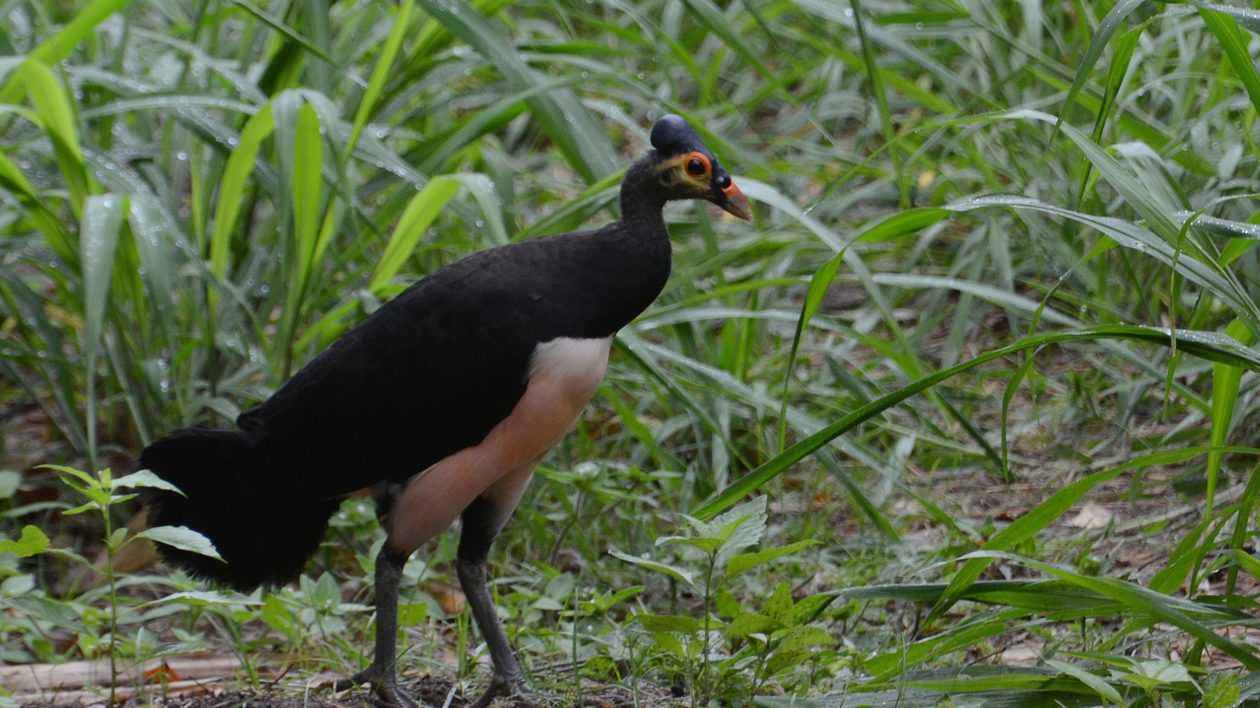
Raised By the Earth
On an island south of Borneo called Sulawesi lives a bird that leaves reproduction to the elements. The maleo, a two-foot tall member of the megapod (or bigfoot) family, digs a hole in the sand on the beach and deposits an egg.
After the maleo couple covers the lone egg back up with dirt or sand and pats it down, the adult birds fly back into the woods. Heat from the sun then incubates the egg.
Even more strangely, some maleo pairs use heat from volcanic seams or hot springs to incubate and hatch their eggs.
“Soon after hatching, the fully-feathered chick flies into the forest,” according to the Wildlife Conservation Society of Indonesia.
No rearing needed.
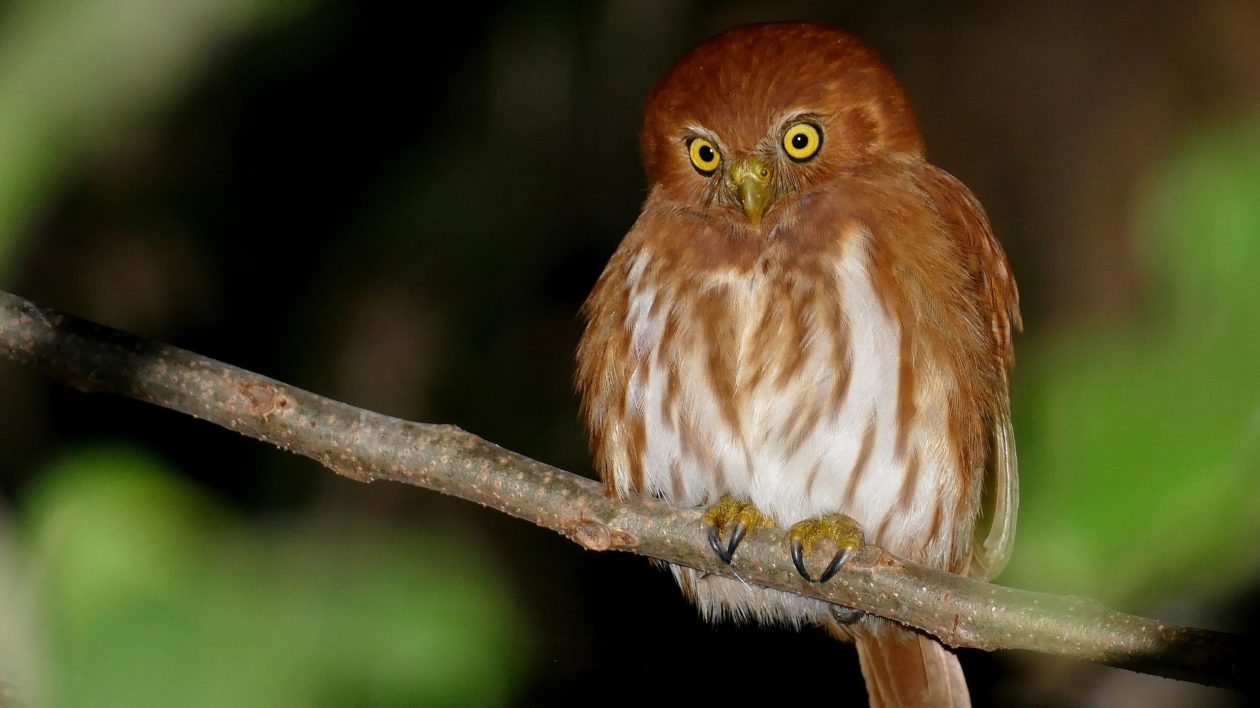
A Prickly House
In southern Arizona, southern Texas and northern Mexico lives a pint-sized owl that takes up residence in one of the most forbidding places: giant cactus.
The aptly-named cactus ferruginous pygmy owl finds holes (often pre-made by woodpeckers) in towering saguaro and organ pipe cactus. They’re a subspecies of the ferruginous pygmy owl, and unlike many other raptor species, don’t migrate.
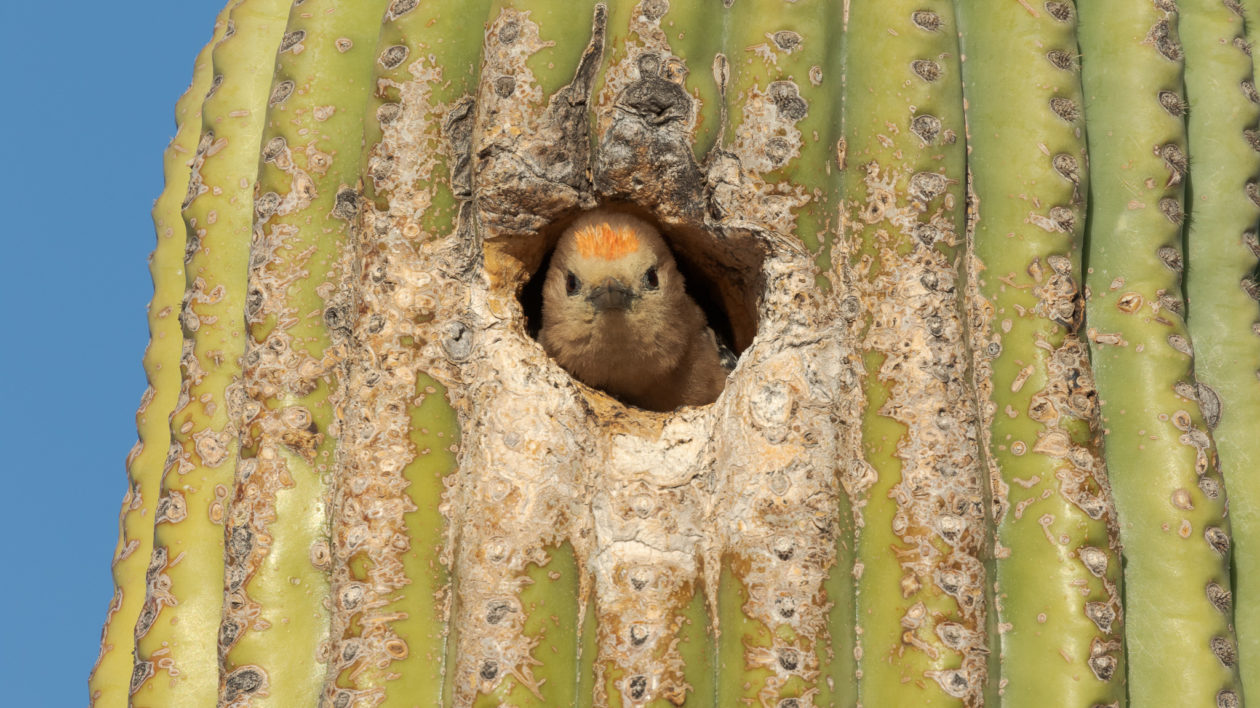
Each spring, the little owls find a hole in cactus and lay three to five white eggs. The eggs hatch into young that monogamous parents feed for about a month. From there, the owls feed at dawn and dusk, taking down prey sometimes twice their size and sticking low to the ground to avoid becoming prey for an even bigger raptor.
Federal officials placed the cactus ferruginous pygmy owl on the endangered species list in 1997 before removing it in 2006 after petitions from developers. Developers argued the owl numbers in Arizona were so low they didn’t contribute to the overall survival of the subspecies. Conservation groups countered that the subspecies faces species-level threats by development, habitat destruction and climate change. The US Fish and Wildlife Service proposed listing the bird once again in December, and a decision is expected sometime this year.
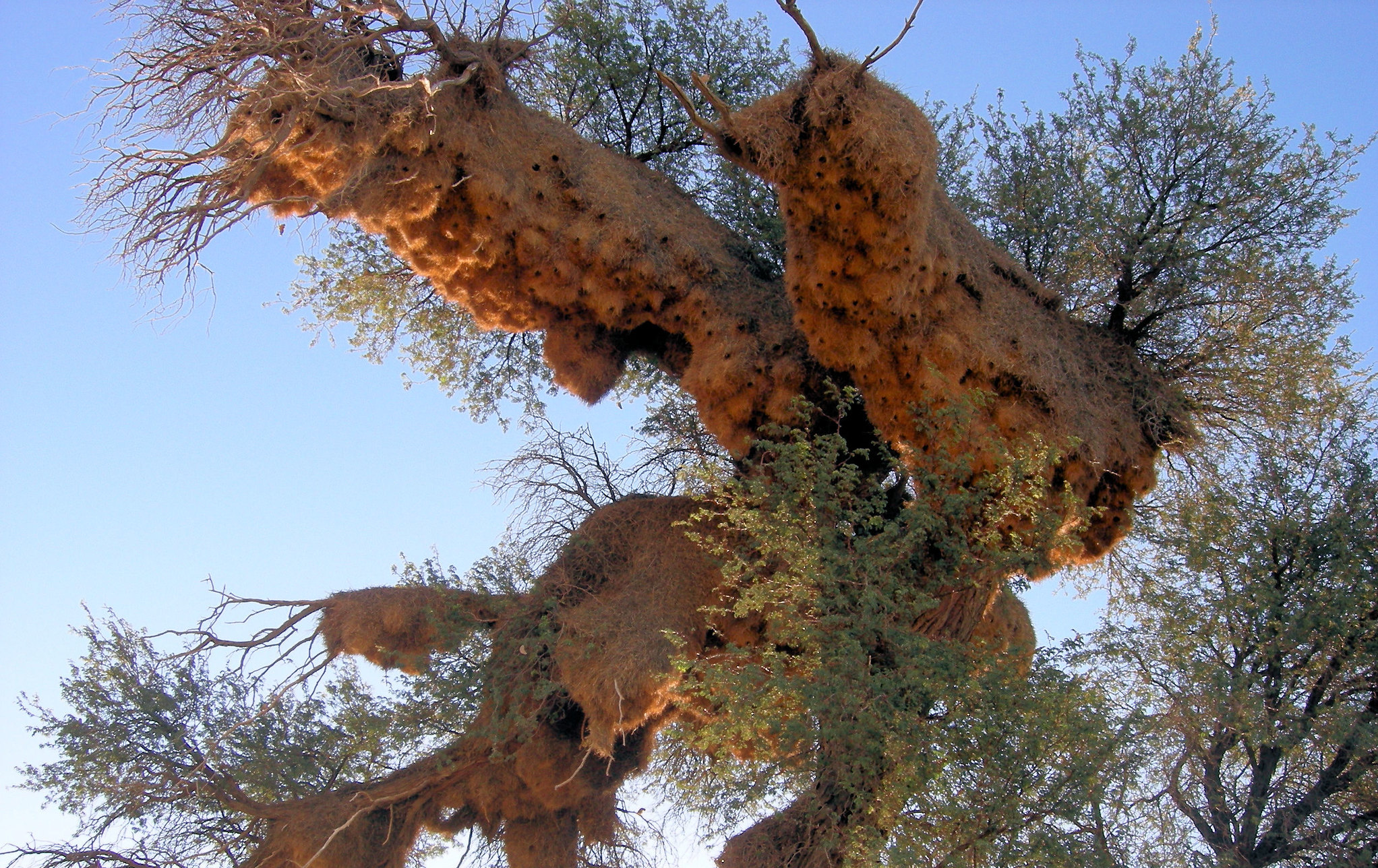
Go Big to Stay Home
Hanging from trees and poles in Africa’s Kalahari Desert are sparrow apartment buildings that look more than a bit like haystacks. Inside the mess that can sometimes weigh several tons are up to 100 sociable weavers.
The birds create these massive nests for themselves, their friends, their neighbors, their offspring and the many generations that follow. Some nests may be used for a century.
Thatched roofs cover the nests offering protection from the rain, and the honeycomb design protects birds from extreme heat and cold. Temperatures in the Kalahari can reach well over 110 degrees Fahrenheit in the summer and drop into the teens in the winter. Instead of dealing with the elements individually, sociable weavers retreat into their nests where temperatures remain much more constant.
They lined the insides of their nests with fur, cotton and fluff and protect it from predators like honey badgers, pygmy falcons and Cape cobras with sharp spikes of straw at the entrances.
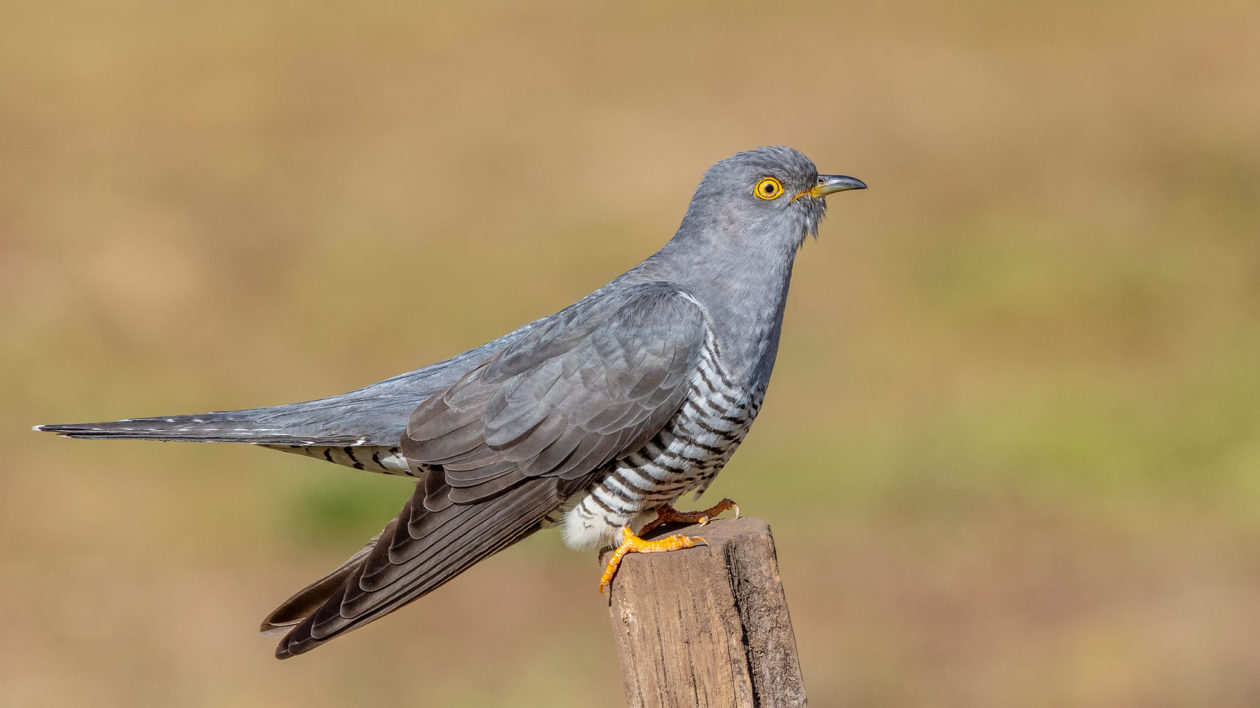
Leave it For Someone Else
The common cuckoo, a bird known for its call that inspired eponymous clocks from around the world, doesn’t bother with the trouble of rearing young in carefully-crafted nests. Instead, they leave their eggs for another bird to tend.
Cuckoow are called brood parasites, and have evolved to be host specific. Each female lays eggs that best match a certain host, increasing the likelihood that the foreign eggs will make it.
Not only do cuckoos expect host bids to incubate their eggs, baby cuckoos hatch earlier than their host eggs and evict the other eggs from the nest, ensuring the newcomer will receive all its foster parents’ attention.
Host parents keep feeding the baby cuckoo, even if the bird grows two or even three times the host’s size.
In North America, cowbirds use a similar strategy – sometimes to the detriment of imperiled songbird species.
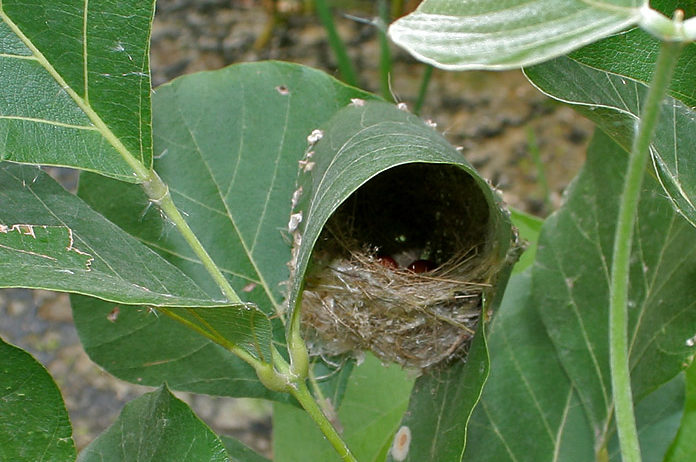
Sewing a Home
Imagine a colorful little bird that uses cotton, lint and even silk from cobwebs to sew a nest for itself and its young. The tailorbird, native to tropical Asia, does exactly that using up to 200 stitches on each nest.
The resulting nest looks a bit like a cup lined with animal hair and other soft material. The cup nest doubles as a safe place to raise young and a camouflaged spot hidden among other leaves, according to the Natural History Museum of London.
A tailorbird couple usually rears about five chicks. They abandon the nest after chicks fledge, but like most creative types, will recycle bits of their nests to use on the nest one.
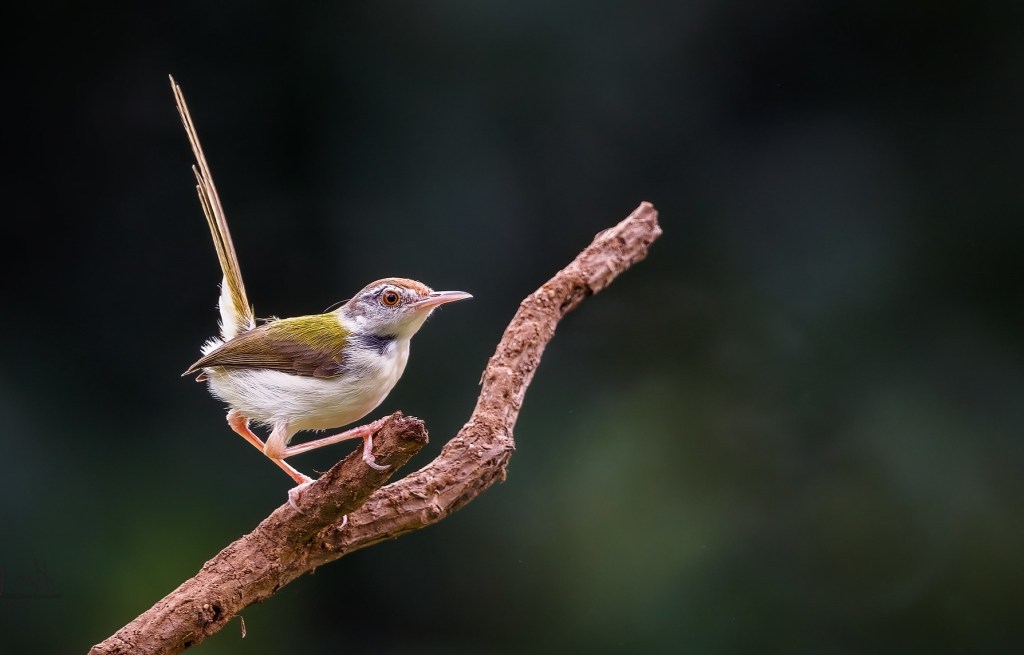



Join the Discussion